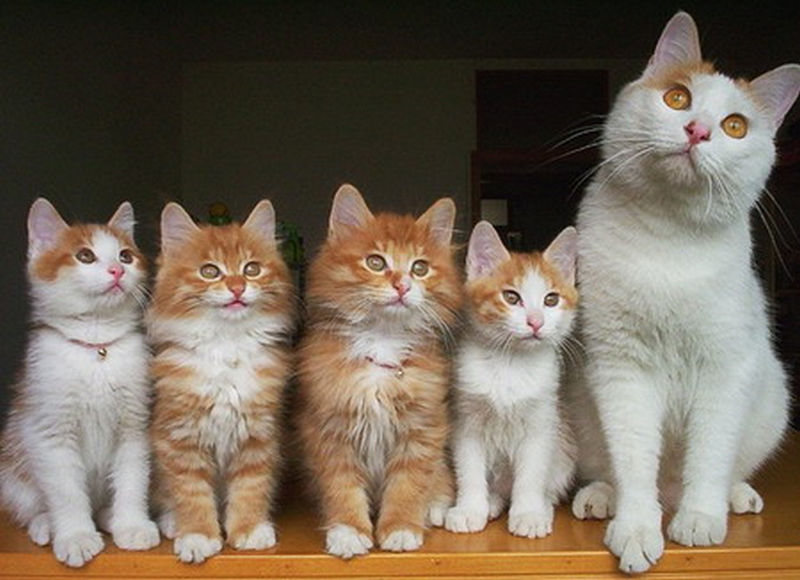Cats are popular pets, so many people assume they know the key facts about cat health, preferences and behaviors. As it turns out, there are many widespread and unhelpful myths about cats, and some of them could even put your furry friend in danger. Here are eight of the most pervasive, along with the truth behind the rumors.
Cats should be declawed
Declawing cats is a needlessly cruel practice that places the health of your soft furnishings over the lifelong comfort of your pet. Although it is not common knowledge, the process of declawing involves cutting off the first joint of each toe, and this amputation can cause chronic pain. If you want to own a cat and maintain an attractive sofa simultaneously, look into soft caps that can slide onto the claws. Alternatively, clip your cat’s claws regularly and accept that this will prevent at least most scratch marks.

Who should always give cats milk
Cat cartoons often feature the animals lapping at a bowl of creamy milk, so you can be forgiven for thinking that milk is a key part of the feline diet. Unfortunately, the truth is that many cats are lactose intolerant, meaning that their bodies cannot process milk.
While a lactose-intolerant cat may still want to drink milk, doing so can lead to severe nausea, vomiting, and diarrhea episodes. When it comes to liquids, cats need fresh, cold water most of all. This is especially important in older age when cats are vulnerable to diminishing kidney function.
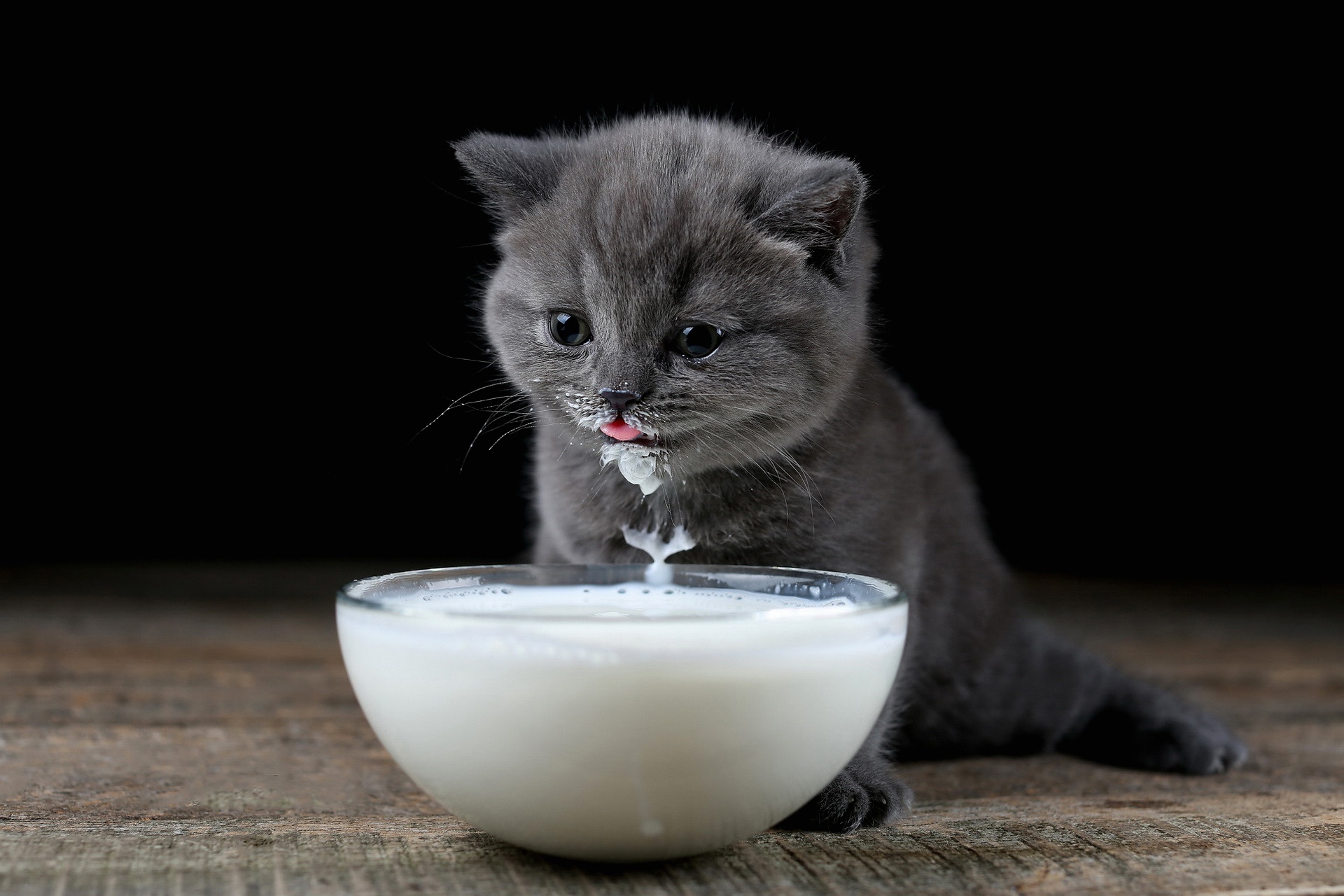
Dry food is best for cats
A rumor was feeding your cat dried; crunchy kibble will help keep the teeth in good condition. Not only is that false, but unlike raw food for cats, dry food lacks appropriate moisture and does not have as rich nutritional content as the majority of wet foods. You’ll often find cats will look for water sources after eating dry food. Further, there is evidence that myths about cats who eat a predominantly dry diet are more likely to develop diabetes, kidney stones, and allergies.
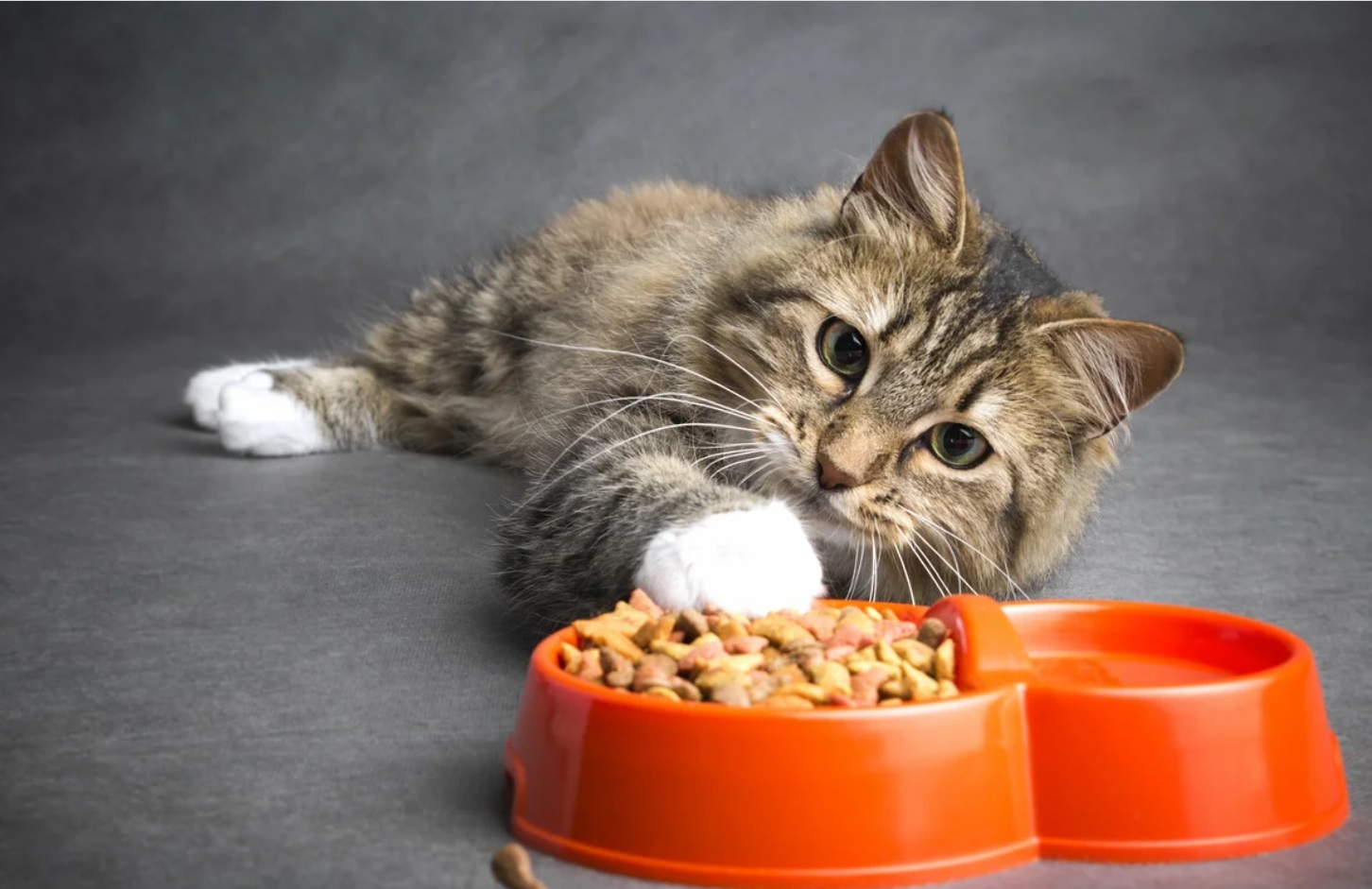
Cats need access to the outdoors
Far too many cats end up hit by cars or hurt by other animals because owners believe that it is cruel to keep a cat indoors. Even cats that have previously spent time outdoors may not be upset by a transition to indoor lives. Meanwhile, cats who spend their lives in an indoor environment can be perfectly content. You only need to ensure that you offer a reasonable amount of space, plenty of entertaining toys, soft surfaces for lounging and activity centers for climbing and scratching.
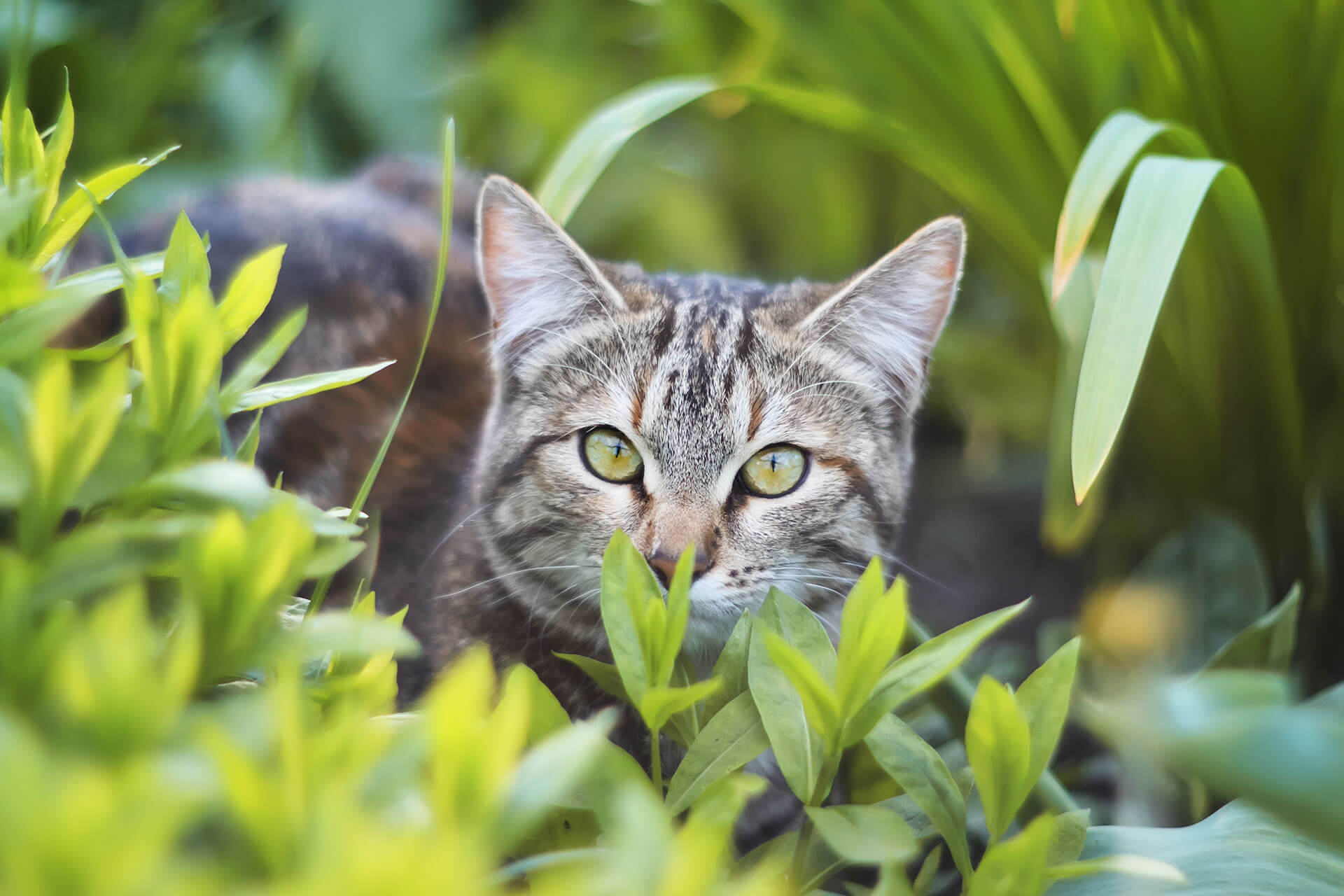
Cats hate water
Finally, it is probably true that the average cat has a certain distaste for being wet. However, some cats love to swim or bathe. Turkish Van cats, in particular, have a reputation for being excellent swimmers that are fascinated with water. Even myths about cats that don’t necessarily want to jump into a pool or a bath may still like to dip a paw into water or play with a dripping tap.
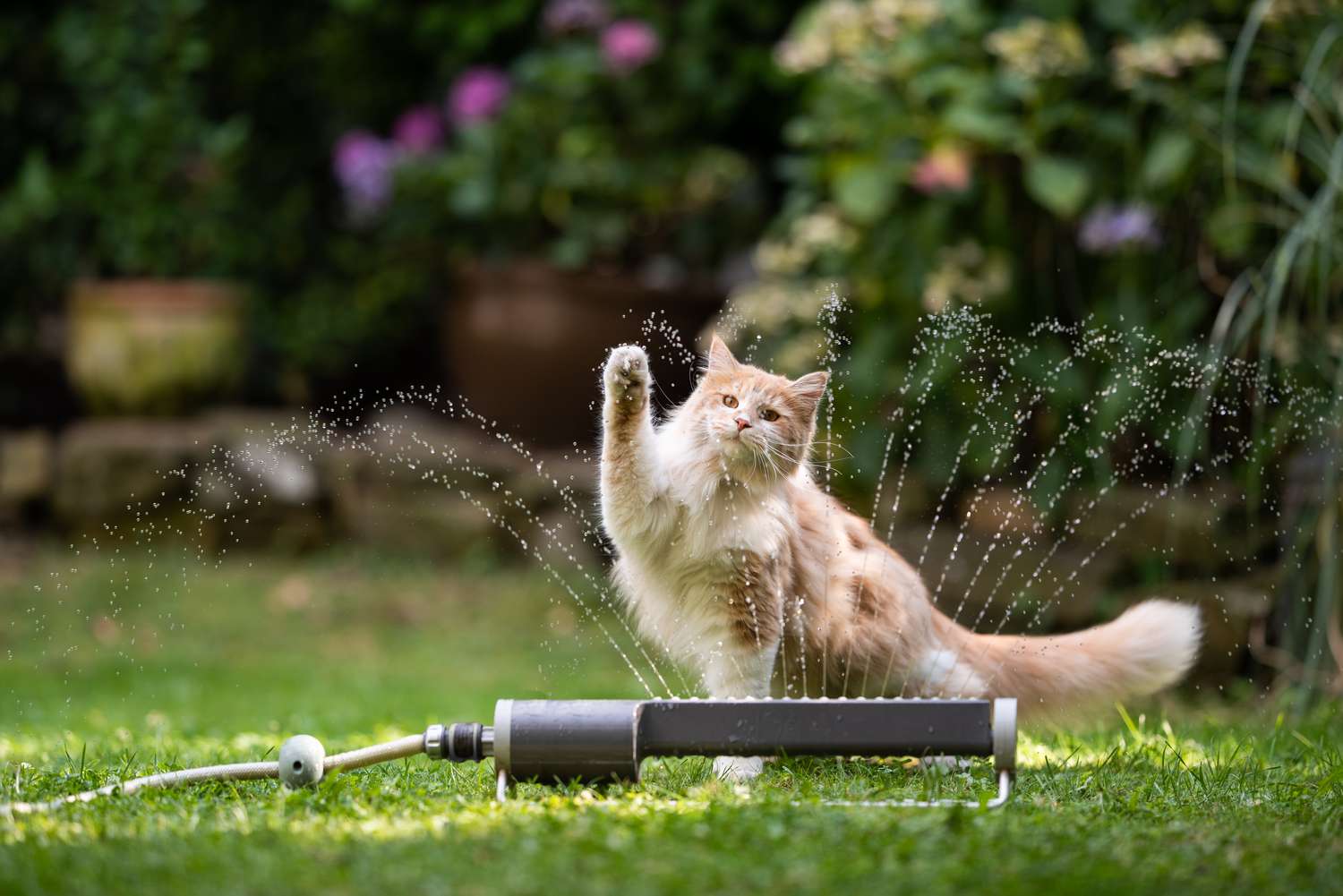
You can have a vegetarian cat
If you’re a vegetarian, you might want your cat to transition to a similar diet for ethical reasons. Problematically, cats are obligate carnivores, which means that their bodies require animal protein to function properly. Suppose your vegetarianism is motivated by a love of animals. In that case, it is wiser to avoid getting a pet cat instead of risking your cat’s well-being by insisting on a vegetarian diet.
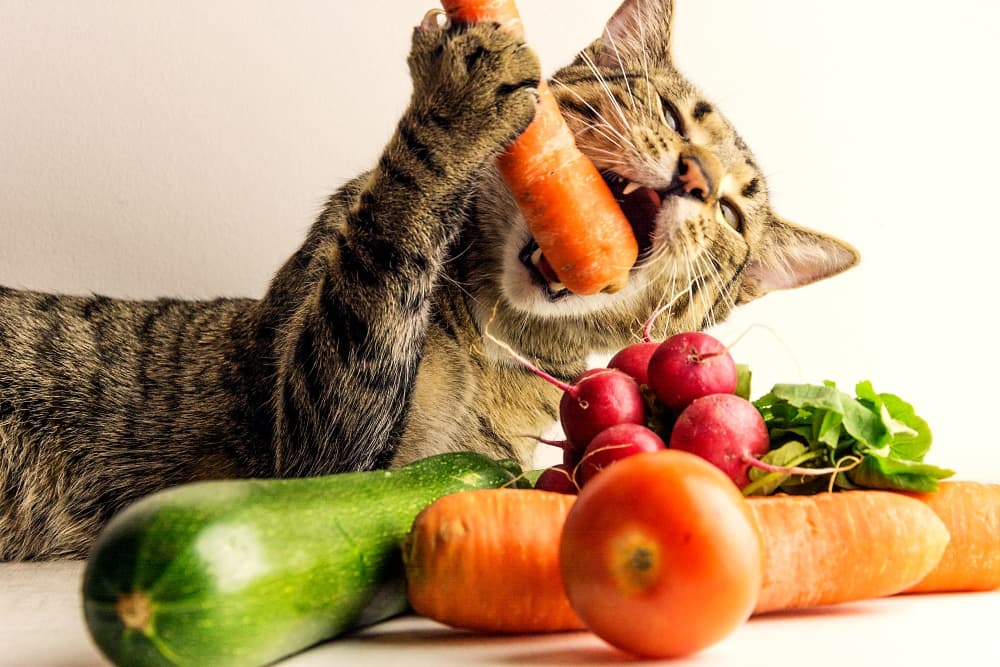
Pregnant women have to get rid of their cats
Cat fecal matter can contain a protozoan that causes toxoplasmosis, a parasitic disease that can be especially dangerous if it passes to an unborn baby. As such, pregnant women sometimes worry that they need to rehome their cats during that crucial nine months. Despite this commonly held concern, a wide range of studies have demonstrated that living with an indoor cat does not pose a significant risk.
